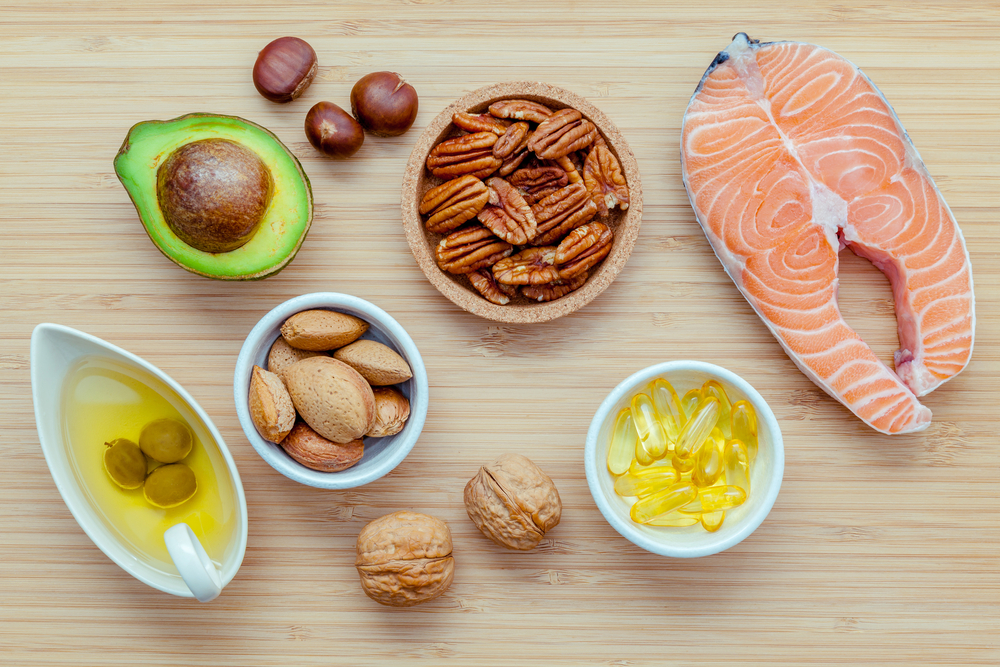Key to a Healthy SMA Diet is Variety

Diet is one of the key factors for healthy growth and development in children with spinal muscular atrophy (SMA). Often, the quality of the overall diet may be overlooked in favor of a single nutrient or food that comes with curative claims. Over the last few years, there have been 5 such foods surfacing in my counseling sessions with the families of children with SMA. These foods include green apples, capers, purple onions, broccoli and tea, and they all have a common thread; they all have high concentrations of quercetin.
Sign up for our SMA News Today HCP e-newsletter.
Quercetin is a flavonoid, specifically a flavonoid polyphenol, that may have beneficial health effects, such as antioxidative, antiproliferative, and anti-inflammatory properties. (1-3) Although quercetin has gotten some attention due to positive results in zebrafish and rodent studies, human studies are still needed to clarify the effects of quercetin in people. (1,2,4) There is currently no research proving the beneficial effects of quercetin on people with SMA.
Are you a nutritionist who treats SMA patients? Want to learn more about nutrition in spinal muscular atrophy? Follow our Nutritionists page for a selection of valuable resources.
Quercetin supplements are not recommended. Because antioxidants like those found in quercetin can be easily acquired with a healthy diet, they should be consumed through food sources and in combination with other beneficial nutrients to ensure efficient absorption. Foods that are high in quercetin tend to be safe foods. The best approach to SMA nutrition is to consume a wide variety of fresh fruits and vegetables, whole grains, lean protein (poultry, fish, nuts and seeds) and low-fat dairy or other foods rich in calcium and vitamin D.
Green apples, capers, purple onions, broccoli, and tea all fall into the recommended food groups and will contribute to variety and balance in meals. Working with a Registered Dietitian and an interdisciplinary team can help you find a plan that works for you and your family and optimizes nutrition in the context of your personal situation and preferences. Mobility and other comorbidities like obesity, respiratory distress, osteoporosis, and swallowing difficulties can make meal planning more difficult, and a Dietitian can provide helpful tools and assistance with finding a routine that works for you.
Tara M. Holmes MS RD LDN
Tara is a Registered Dietitian at a large Boston-area teaching hospital. She has worked with patients and families with SMA for 4 years.
————————
References:
- Bhagwat, S., Haytowitz, D.B., Holden, J.M. (2011, September). USDA Database for the Flavonoid Content of Selected Foods. Retrieved from: https://www.ars.usda.gov/ARSUserFiles/80400525/Data/Flav/Flav_R03.pdf
- Wishart, T.M. et al. 2014. Dysregulation of ubiquitin homeostasis and Beta-catenin signaling promote spinal muscular atrophy. The Journal of Clinical Investigation. 2014;124(4):1821-1834. https://doi.org/10.1172/JCI71318.
- Uzunalli, G., Bora-Tatar, G., Dayangac-Erden, D., Erdem-Yurter, H. Effects of flavanoid quercetin on survival of motor neuron gene expression. International Federation of Cell Biology. 2015; 39:350-354.
- Lazo-Gomez, R. and Tapia, R. Quercetin prevents spinal motor neuron degeneration induced by chronic excitotoxic stimulus by a sirtuin 1-dependent mechanism. Translational Neurodegeneration. 2017;6(31):1-14.

